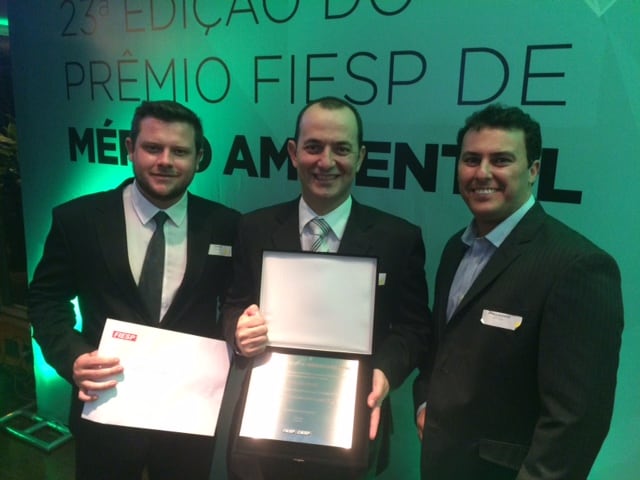This is just one of several key trends across the region, according to CP Kelco’s Miguel Ruiseñor, LATAM regional sales director, and Marina Gallo Boldrini, food regional sales manager, Brazil and Andean Pact.
Other key trends include sugar reduction, fusion beverages, and milk alternatives, they told FoodNavigator-LATAM.
“Latin America is not that different from the rest of the world,” said Ruiseñor. “The region is made up of some countries that are close to the US, and some that are closer to Europe in their approach to business and consumer trends.”
“Drinkable Greek yogurt is increasingly popular and that has led to an evolution in the conceptions,” he added. “One thing we’re seeing is increased interest in ambient yogurt drinks, driven by a lack of refrigeration and demand for “on-the-go” products.”
“Millennials in particular are seeking drinkable high protein versions, with grains like chia,” added Gallo Boldrini.
CP Kelco is working with many companies in this space, with pectin, gellan gum, xanthan gum, cellulose gum, or carrageenan offering stabilization, quality and mouthfeel solutions to yogurts, dairy beverages, and yogurt fruit preparations.
Sugar reduction, clean label, and more
Some countries in LATAM are leading the way in introducing taxes on sugary beverages, like Mexico in 2014, and this puts pressure on brands to reduce sugar. This represents a significant growth area for hydrocolloids, where gums and pectin can help to recreate the ‘full sugar’ mouthfeel of reduced sugar beverages, for example.
Like other markets, clean label is a trend across the region, but the approach and perception is different in LATAM, said Gallo Boldrini. “Clean label in LATAM is driven by total cost of the formula and reducing labels based on recognizable ingredients,” she explained. “CP Kelco can help deliver clean labels by reducing the number of ingredients used and offering a cost-in-use benefit.”
Pectin

One of the most label friendly hydrocolloids is pectin and CP Kelco operates one of the largest pectin plants in the world in Limeira, Brazil. The state-of-the-art plant, which produces high-quality pectin from orange peel using a proprietary process, is very sustainable and uses everything, said Ruiseñor. “All the peel produces pectin and some byproducts go in to animal feed,” he said. “Even the water used is then recycled for local ferti-irrigation.”
Carrageenan has experienced negative pressure in the US market in recent years due to negative media coverage, but the market for the ingredient in Latin America has not been impacted and the perception of the ingredient remains positive. The only impact has been on producers that are exporting products to the US, who have updated their formulas, said Ruiseñor.
What’s next?
As we move closer to Fi South America, the company is preparing to showcase a new range of prototypes, offering formulators concepts that are linked to the key megatrends and that are shown to work, he said. Prototypes include solutions for acidified protein drinks, neutral protein drinks, and low- or no-sugar formulations without affecting mouthfeel.
Other key trends that the company will showcase include fusion products – juices and nectars, sports and energy, coffee with different teas, and so on.
“We are very close to the market,” said Ruiseñor. “LATAM is very important to us, and not just because of the size of the market. There is a lot of innovation that starts in LATAM and then gets taken elsewhere.”

